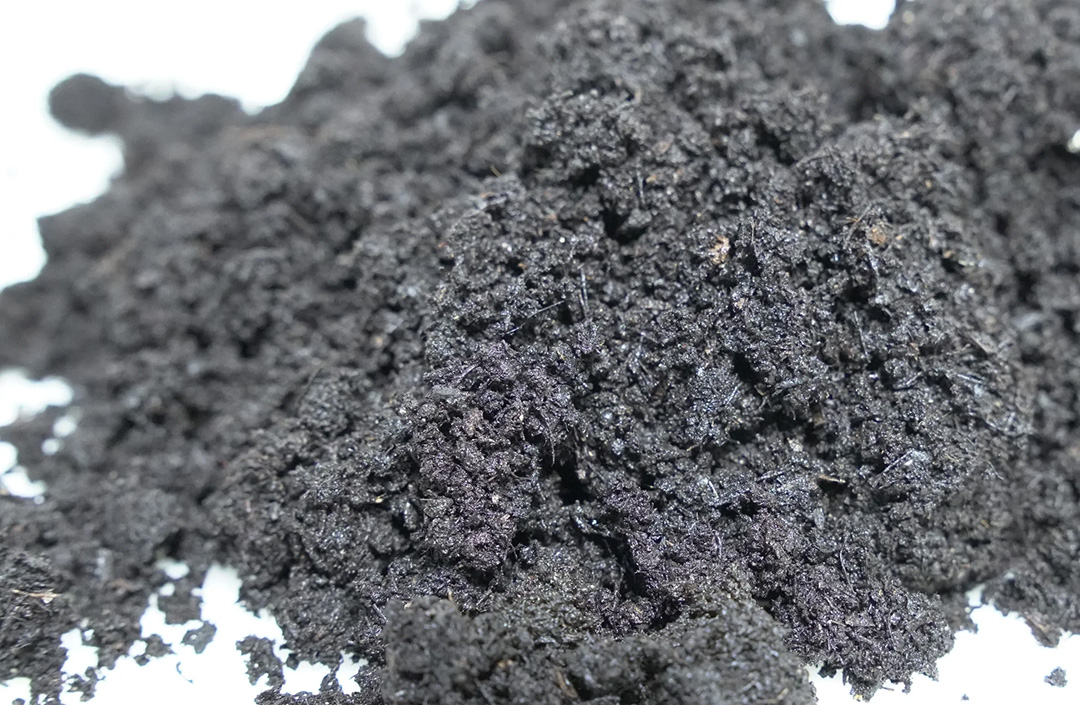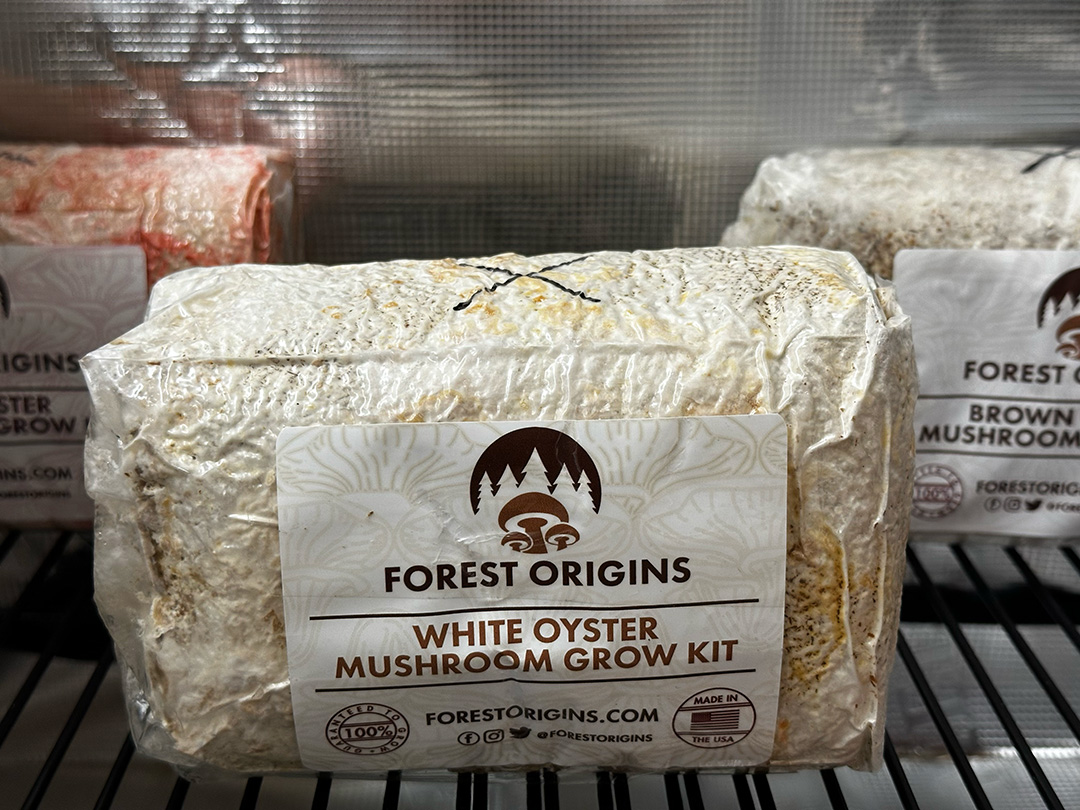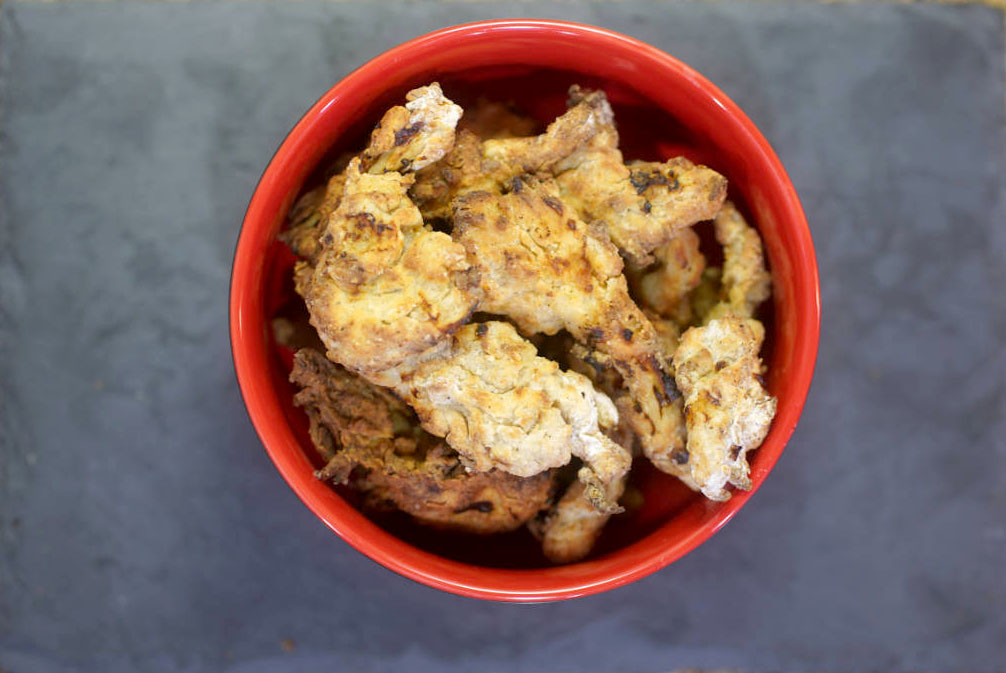Growing your own mushrooms indoors can be a fun and rewarding experience. However, when things don’t go according to plan, it’s easy to throw in the towel and abandon our dreams of having a healthy, sustainable, and yummy mushroom garden.
 There’s nothing like growing, harvesting, cooking, and eating your own shrooms
There’s nothing like growing, harvesting, cooking, and eating your own shrooms
Let’s take a look at some common issues that crop up in indoor grows, as well as ways to remedy them.
Contamination
One of the most challenging aspects of mushroom cultivation is contamination. Mushrooms require a humid and warm environment to thrive, which unfortunately also fosters the growth of mold and bacteria. These invaders at worst will outcompete our spores and leave us with nothing and at best will sap nutrients from our mushrooms, resulting in deformed growth, abnormal coloration, and reduced nutritional value.
Decontaminating
- Sterilize substrates and equipment
- Pressure cookers or autoclaves are commonly used for substrates.
- Bleach or Isopropyl Alcohol works well for equipment.
- Maintaining cleanliness
- Wash hands thoroughly before handling mushrooms or substrates.
- Gloves and a mask are even better!
- Grow area isolation
- Use a tent, tub, or even separate room to prevent your mushroom growing area from coming in contact with potential contaminants.
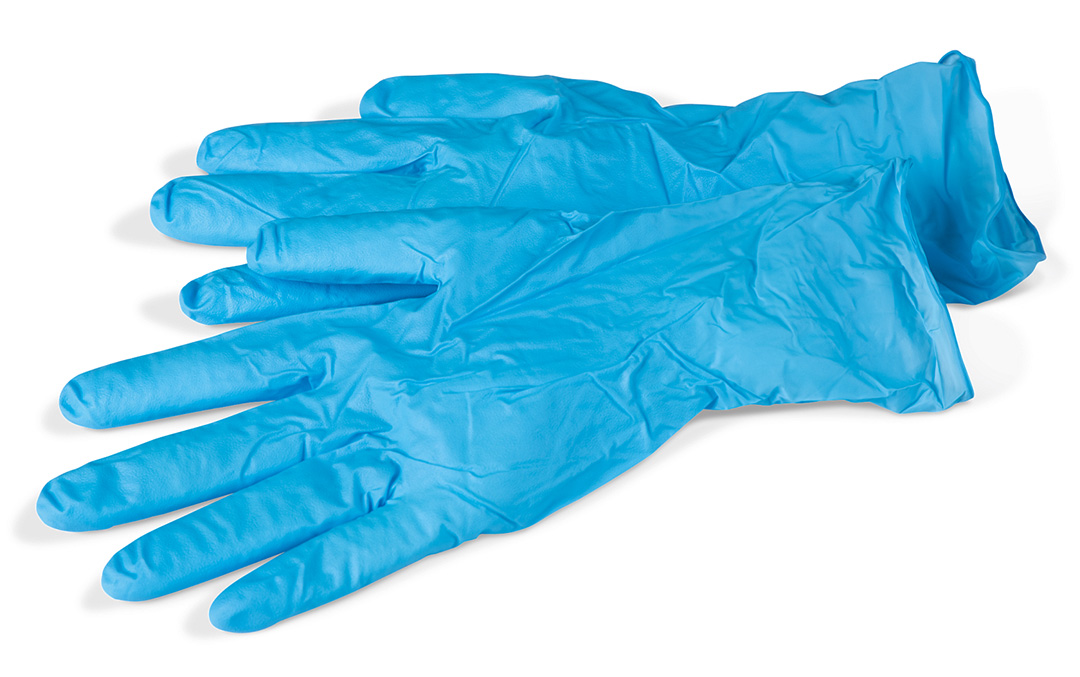 You can’t go wrong with nitrile gloves
You can’t go wrong with nitrile gloves
Humidity
Mushrooms love humidity! But not too much.. and not too little. Too low of a Relative Humidity (RH), and your mushrooms will dry out and experience growth stall. Too high, and you risk mold and bacterial growth. Generally speaking, higher is preferable as long as your environment is clean and remains clean.
Achieving perfect humidity
- Use a humidifier
- There are many to choose from, but the ultrasonic type tends to perform the best indoors due to needing very little energy to operate, being extremely quiet, and producing negligible heat.
- Manual misting
- For those who aren’t growing in a relatively enclosed environment that will trap the humidity a humidifer creates, misting with a spray bottle is the next best thing. Be careful not to overmist as the increased humidity + exposed grow environment is a paradise for mold.
- Get a hygrometer
- Without data, one could say we’re just misting in the dark. Invest in a good quality hygrometer to accurately monitor RH levels and make adjustments as necessary.
 Antler Reishi thriving in a high RH environment
Antler Reishi thriving in a high RH environment
Ventilation
Fun fact: Mushrooms actually consume O2 and produce CO2, just like mammals! While they don’t require as much O2 as humans, they do need regular Fresh Air Exchange (FAE) to provide oxygen and remove carbon dioxide, which they produce in high quantities.
How to ventilate
- Air exchange system
- A small fan on a timer can introduce fresh air into the grow area several times a day. Take into account that more fresh air will result in lower humidity levels. Try to find a balance!
- If an automated system isn’t an option, opening the grow area a few times a day and manually fanning will do the trick, just try to avoid any sudden or prolonged drops in humidity.
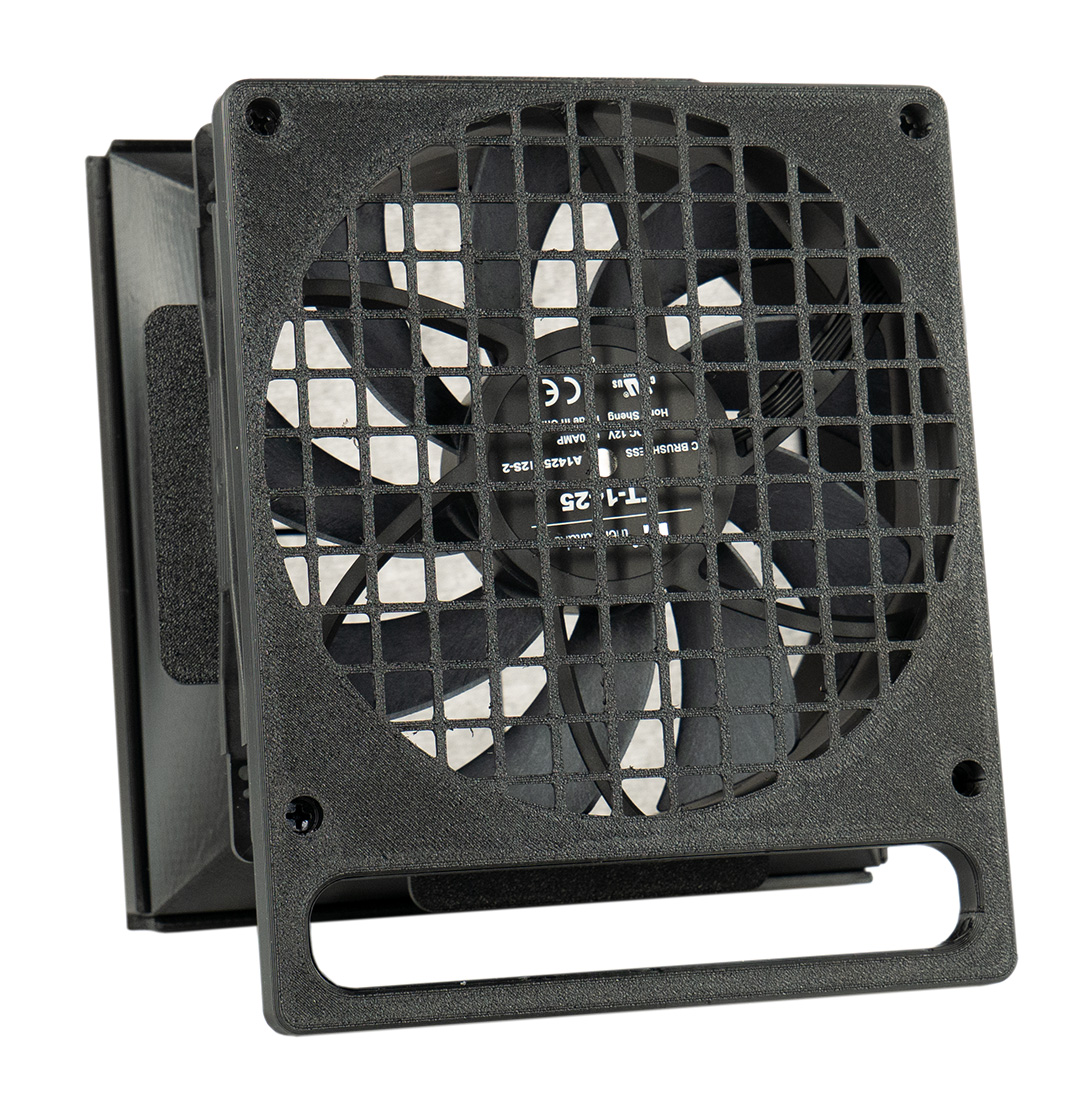 We find that most commercial grow fans are overkill for mushrooms. Something like this is all most people need.
We find that most commercial grow fans are overkill for mushrooms. Something like this is all most people need.
Lighting
Mushrooms don’t require as much light as plants do for photosynthesis, but they do need some light to form proper fruiting bodies.
Proper lighting
- Indirect light
- Using indirect natural light, low power flourescent bulbs, or LEDs can provide the light your mushrooms need without exposing them to direct sunlight which is too powerful and can easily dry out your crop.
- Lighting schedule
- Keep a consistent lighting schedule, a common cycle is 12 hours of light and 12 hours of darkness to mimic natural outdoor conditions.
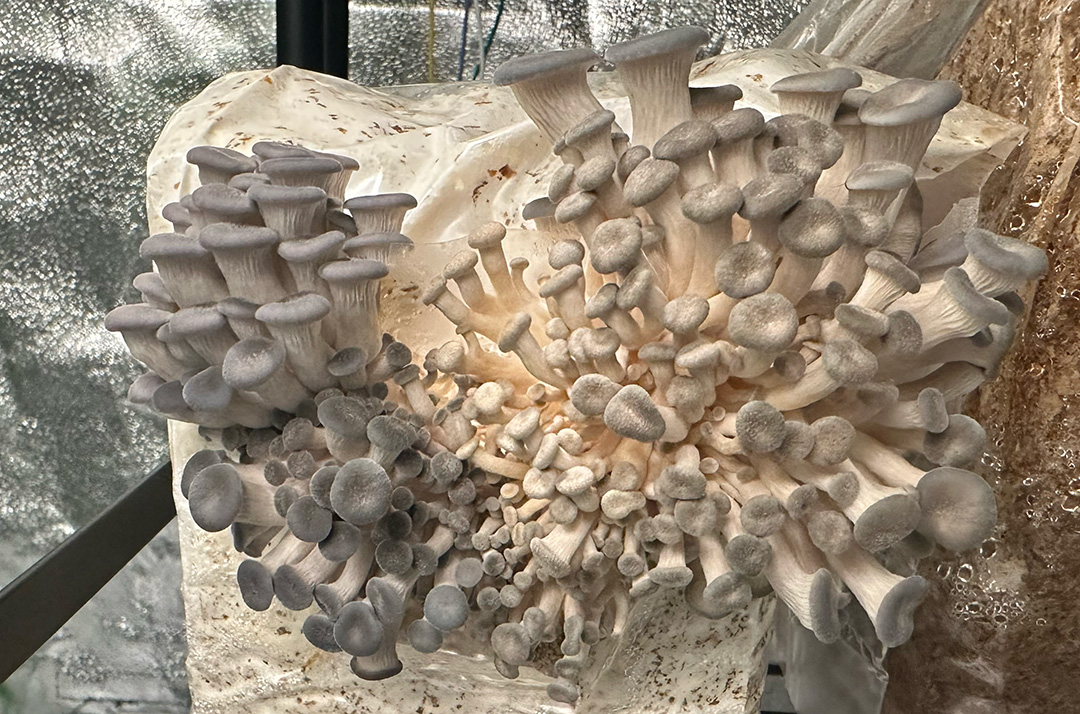 Stunted growth and lack of color in center of fruiting body due to uneven light exposure
Stunted growth and lack of color in center of fruiting body due to uneven light exposure
Temperature
Different species require different temperature ranges for optimal growth. Be sure to do your research and experiment with the strains that you have. We’ve included a cheatsheet to use as a starting point for many common types of mushrooms at the end of this post.
Just-right temperature
Most indoor temperatures that humans find comfortably cool are the same temps that most mushrooms thrive in. Since it’s typically impractical to have dedicated climate control for your mushrooms (unless growing commercially), the general rule is to just keep the grow space ‘cool’ by keeping the surrounding environment cool.
Common Mushrooms and Their Ideal Environments:
| Mushroom Type | Humidity (%) | Ventilation (Air Exchange) | Lighting | Temperature (Growth Phase) | Temperature (Fruiting Phase) |
|---|---|---|---|---|---|
| Oyster | 85-95 | High, constant fresh air | Indirect, low light | 20-24°C (68-75°F) | 12-18°C (54-64°F) |
| Reishi | 85-95 | Moderate | Indirect, low light | 24-28°C (75-82°F) | 22-26°C (72-79°F) |
| Shiitake | 85-95 | Moderate to high | Indirect, low light | 21-24°C (70-75°F) | 10-16°C (50-60°F) |
| Lion’s Mane | 85-95 | Moderate to high | Indirect, low light | 21-24°C (70-75°F) | 15-21°C (59-70°F) |
| Cordyceps | 85-90 | Moderate | Indirect, low light | 21-24°C (70-75°F) | 13-24°C (55-75°F) |
| Pioppino | 90-95 | High | Indirect, low light | 18-21°C (64-70°F) | 12-18°C (54-64°F) |
| Maitake | 85-95 | Moderate | Indirect, low light | 21-24°C (70-75°F) | 13-18°C (55-64°F) |
| White Button | 85-90 | High | Indirect, low to moderate | 20-24°C (68-75°F) | 15-18°C (59-64°F) |
| Crimini | 85-90 | High | Indirect, low to moderate | 20-24°C (68-75°F) | 15-18°C (59-64°F) |
If you’re looking for a turnkey experience to managing all these environmental variables, check out OttoENV. OttoENV is an automatic mushroom grow tent that intelligently balances fresh air exchange, humidity levels, and lighting. Check us out on Kickstarter!
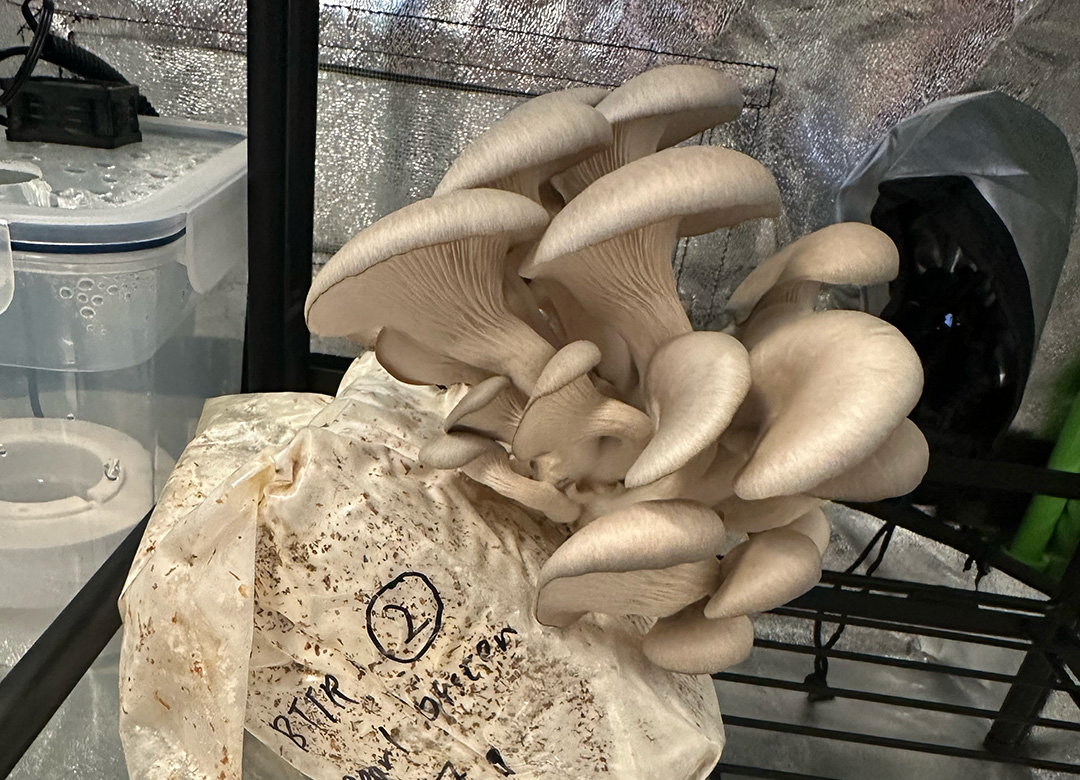 Pearl Oyster from a Back To The Roots kit grown with OttoENV
Pearl Oyster from a Back To The Roots kit grown with OttoENV



